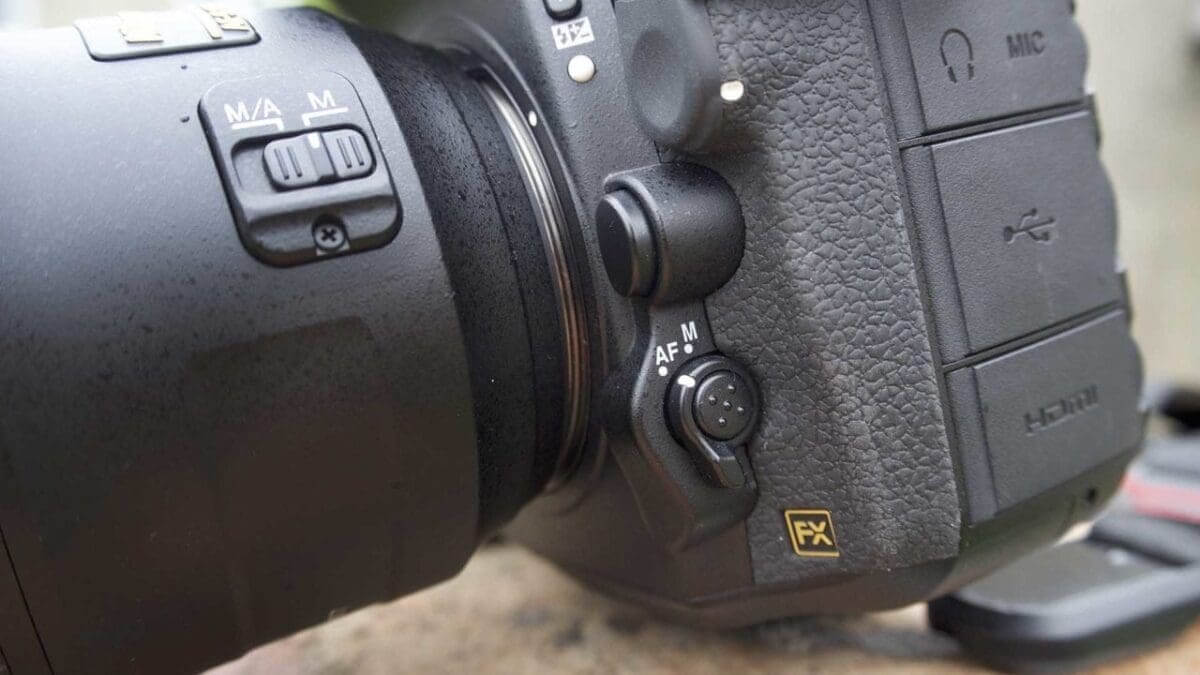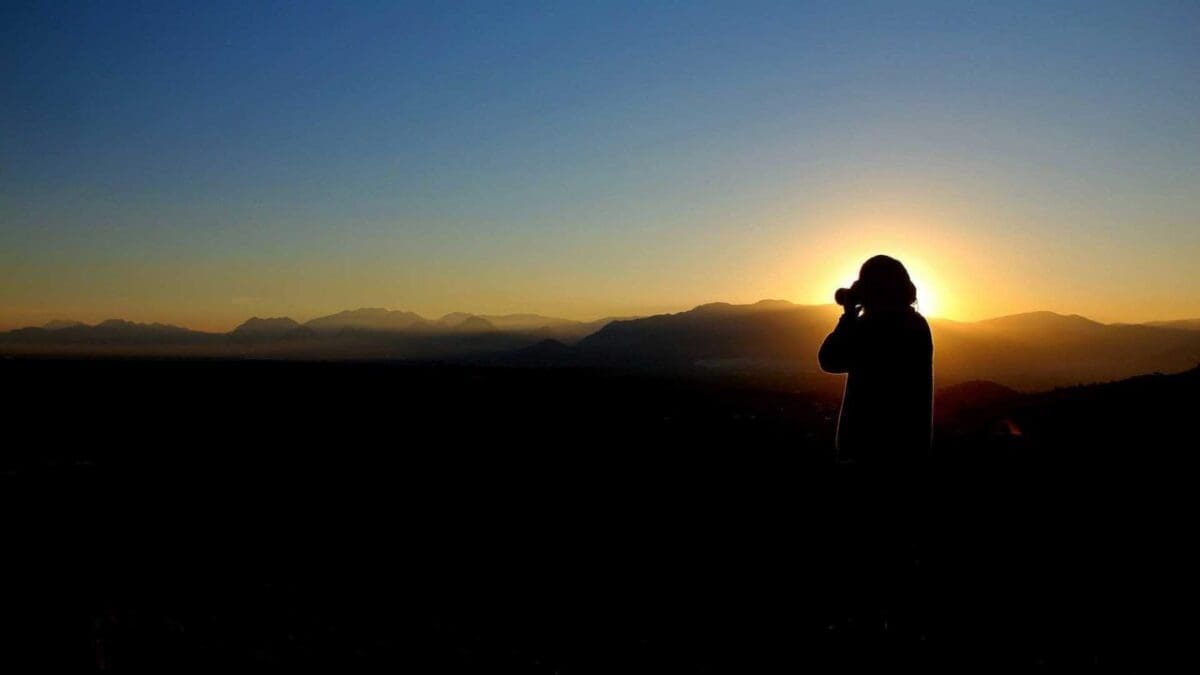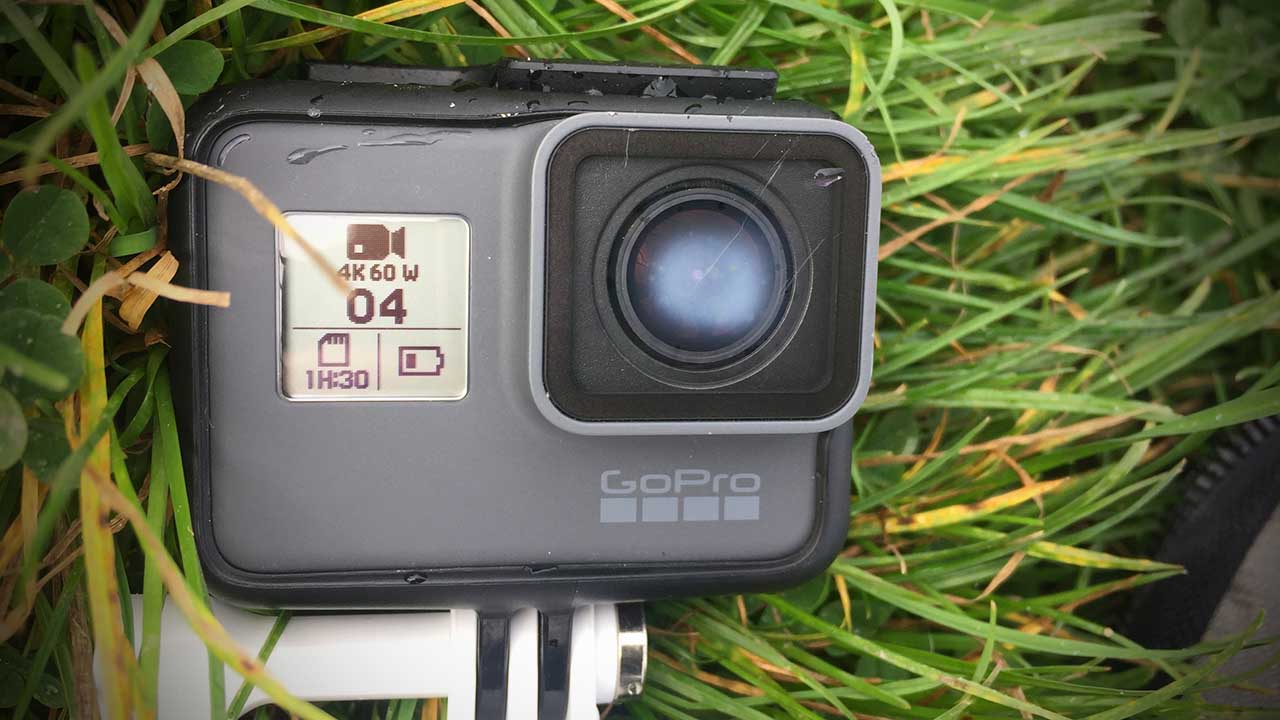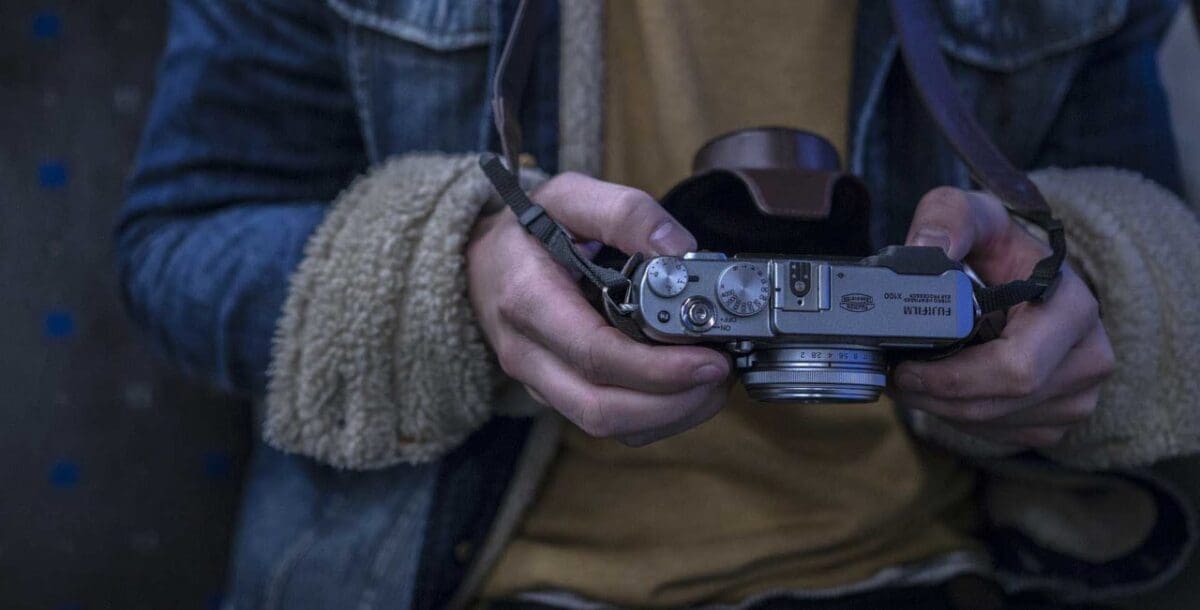Don’t think you can get away with merely skimming your camera manual. Your camera is capable of more than you probably know, and it’s exciting to discover new functions and features. Take a look at these essential digital camera tips, tricks and perhaps inconspicuous time savers and tune-ups…
01 Not all AF points are created equal
Of all your AF points, the central one is going to be the most sensitive. Make a practice of using that point, employing AF ‘lock and recompose’ when needed.
More modern cameras, however, come with robust autofocus features that have sensitive AF points across the viewfinder. When you’re in a pinch, simply choose the AF point that is nearest to the part of the subject that should be in focus.
02 Auto ISO is useful
It’s typically a good rule of thumb to avoid using auto-everything because of its limitations, auto ISO can actually be quite useful. Your camera can determine a suitable ISO a lot quicker than you can, so in situations such as those with constantly changing light auto ISO comes in handy.
Noise can be controlled relatively by restricting the upper limit of auto ISO to 1600. Just try not to be so conservative as to produce a soft image. A little noise is better than a soft image.
- ISO in Photography: what it is and when to use your higher settings
- When to change your camera’s ISO setting
- Which ISO setting should you use at night?
03 JPEGs deteriorate over time
Each time a JPEG is edited and saved out it degrades a little bit. Raw files, on the other hand, function almost like negatives in that you can save out JPEG or TIFF images from them without any loss.
This quality alone makes raw a far better format choice for digital photography than JPEG. Shooting in JPEG all the time won’t provide you with consistent image quality down the line.

04 Shutter button AF has its drawbacks
Most of us photographers tend to focus the same way. We give the shutter button a half press and then look for that reassuring green focus-confirmation dot (or listen for a beep).
Depending on the subject, we alternate between single AF and continuous (Al Servo). This process can be condensed by using back button focusing.
By way of the AF On button, you can track your subjects by staying in continuous AF mode all the time while still being able to achieve focus lock as you would with AF S mode for immobile subjects.
Put simply, back button focusing can make your shooting more efficient. Give it a try next time you shoot and you’ll soon realize why many action and wedding photographers swear by it.

05 Make manual focusing easier
Making the shift to manual focus doesn’t have to be as difficult as you think. You can ensure that key areas are in sharp focus by switching to Live View and zooming in.
Some compact system cameras have ‘focus peaking’, which identifies the focused areas of the shot. Refer to your manual.
- Manual focus: 3 modern technologies that make sharp images easier
- How to switch your camera to manual focus
- 3 quick tricks for focusing manually with your camera
06 Don’t change lenses while the camera is turned on
A clean sensor is crucial in digital photography, but it’s quite expensive to have sensors professionally cleaned. Many photographers opt to do it themselves, and while this is more economical, it also comes with risk.
One thing you can do to prevent dust build-up in the first place is to make sure you turn your camera off when you switch lenses. The image sensor produces an electric charge when the camera is on, and this can attract dust.

07 Very wide apertures can be risky
While busting open a wide aperture lens to f/1.4 every time you shoot will certainly deluge the sensor with light, and blur the background, it runs the risk of softening large areas of your subject.
You can see this effect in portrait photography. A sharp focus on the eyes with a wide aperture will result in the subject’s exterior features being blurred.
If a shallow depth of field is all you’re after, try moving in closer and narrowing your aperture to f/2.8 or f/3.5. Alternatively, you could change to a telephoto lens.

08 Keep your lenses in a constant temperature
Steamy lenses can be incredibly frustrating. You may have to wait up to a half-hour for the steam to clear, which can seem like an eternity if a great photo opportunity is passing you by.
Lenses steam up when they aren’t kept at a consistent temperature, when you walk out of your warm house with them on a cold day. While you can’t avoid steamy lenses at all costs, the best thing you can do is to store your glass in constant temperature.
Also, be sure to remove the lens cap prior to arriving at the shoot to let the condensation dissipate.
09 Your lens has a sweet spot
Even the sharpest lens doesn’t keep hold of that sharpness throughout its aperture range. Every lens has a sweet spot – usually somewhere between the mid-range widths of f/8 to f/11 – where it consistently produces sharper images.
This sweet spot is easy to find by mounting your camera on a tripod and shooting text o a newspaper, such as the small print of the stocks and shares.
Experiment with a variety of apertures, from f/4 all the way to f/22, and then check the sharpness by with the zoom tool on your computer.
10 Video shooting is very different from stills
While most modern cameras now have a video option, shooting video is not the same as shooting stills. You’ll need a frame rate of 25 or 30 frames per second (depending on your subject). Avoid using autofocus, as it tends to struggle in video mode.
Manual exposure and focusing will help prevent the soft, shaky footage characteristic of a more amateur videographer. If you’re shooting handheld, you can also prevent some shakiness by using a shoulder brace, which provides extra stability as you move.
Just like with still shots, video mode does allow you zoom into a scene with Live View to confirm your focus. Finally, don’t get too eager with the zoom, unless you want your videos to be reminiscent old martial arts films!



